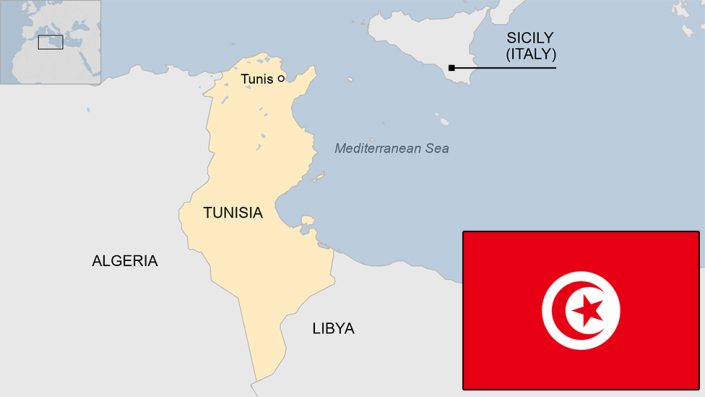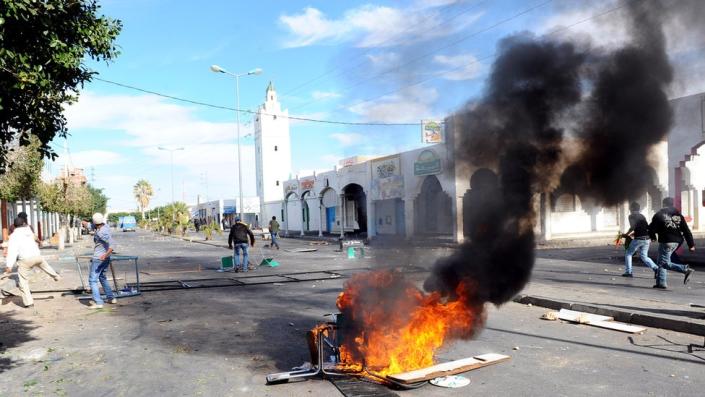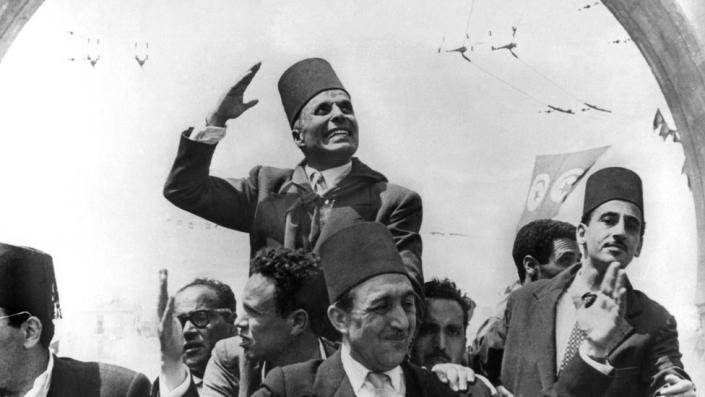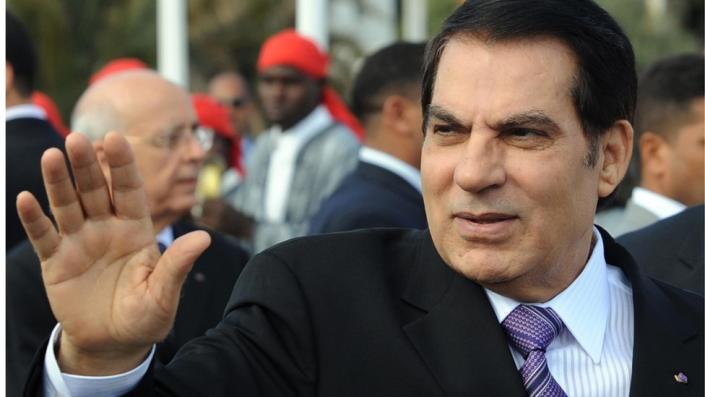
Tunisia was once an important player in the Mediterranean, thanks to its location in the center of North Africa, close to vital sea routes.
French colonial rule ended in 1956 and Tunisia was ruled for three decades by Habib Bourguiba, who advanced secular ideas, the main one being the emancipation of women.
Mass protests toppled President Ben Ali in 2011, in the first of a series of popular uprisings that swept the region, but President Kais Saied has sought to reimpose aspects of authoritarian rule.
President: Kais Saied

Retired law professor Kais Saied won a landslide victory over media mogul Nabil Karoui in the October 2019 presidential runoff against Saied, who campaigned on an anti-corruption platform, and appealed directly to young voters.
In 2021, he took a series of measures to strengthen the power of the presidency at the expense of parliament and the judiciary.
Opposition parties boycotted the 2022 legislative elections, accusing the president of staging a coup after shutting down parliament in 2021 and giving himself nearly unlimited executive powers.

Since the seizure of extraordinary powers by President Saied in 2021, journalists have faced increasing pressure and intimidation from government officials, according to the American NGO Freedom House.
This includes criminal penalties for defamation and other alleged offences.

Some key dates in the history of Tunisia:
600s – The Arabs conquer the territory of present-day Tunisia.
1534-1574 – The Ottomans fight for the control of Tunis with the Spanish forces, before finally reconquering Tunis in 1574. Tunisia becomes in effect an autonomous province of the Ottoman Empire.
1881 – French troops occupy Tunis. France controls economic and foreign affairs; Tunisia has been a French protectorate since 1883.
1934 – Habib Bourguiba founds the independence party Neo-Dustour
1942 – World War II: German troops arrive to resist the Allied forces in Algeria. Allied forces defeat German and Italian troops in May 1943.
1956 – Tunisia becomes independent with Habib Bourguiba as prime minister.
1957 – Tunisia becomes a republic.
1987 – Bourguiba declared unfit to govern and Prime Minister Zine El Abidine Ben Ali took over the presidency
2011 – Tunisian Revolution. Mass protests drive President Ben Ali into exile, inspiring other Arab Spring uprisings.
2015 – Attacks targeting foreign tourists killing 22 people at the Bardo National Museum, then 38 people on the Sousse seafront.
2021 – President Kais Saied imposes presidential rule, dismisses the prime minister and withdraws the immunity of parliamentarians, undermining the authority of parliament.

